Thousands of California residents are now without power as raging wildfires near popular tourist towns located near Lake Tahoe, a popular tourist destination.
Various counties have been affected by this power outage. Now, thousands are left with no power during an excessively hot day.
Wildfires Near Lake Tahoe
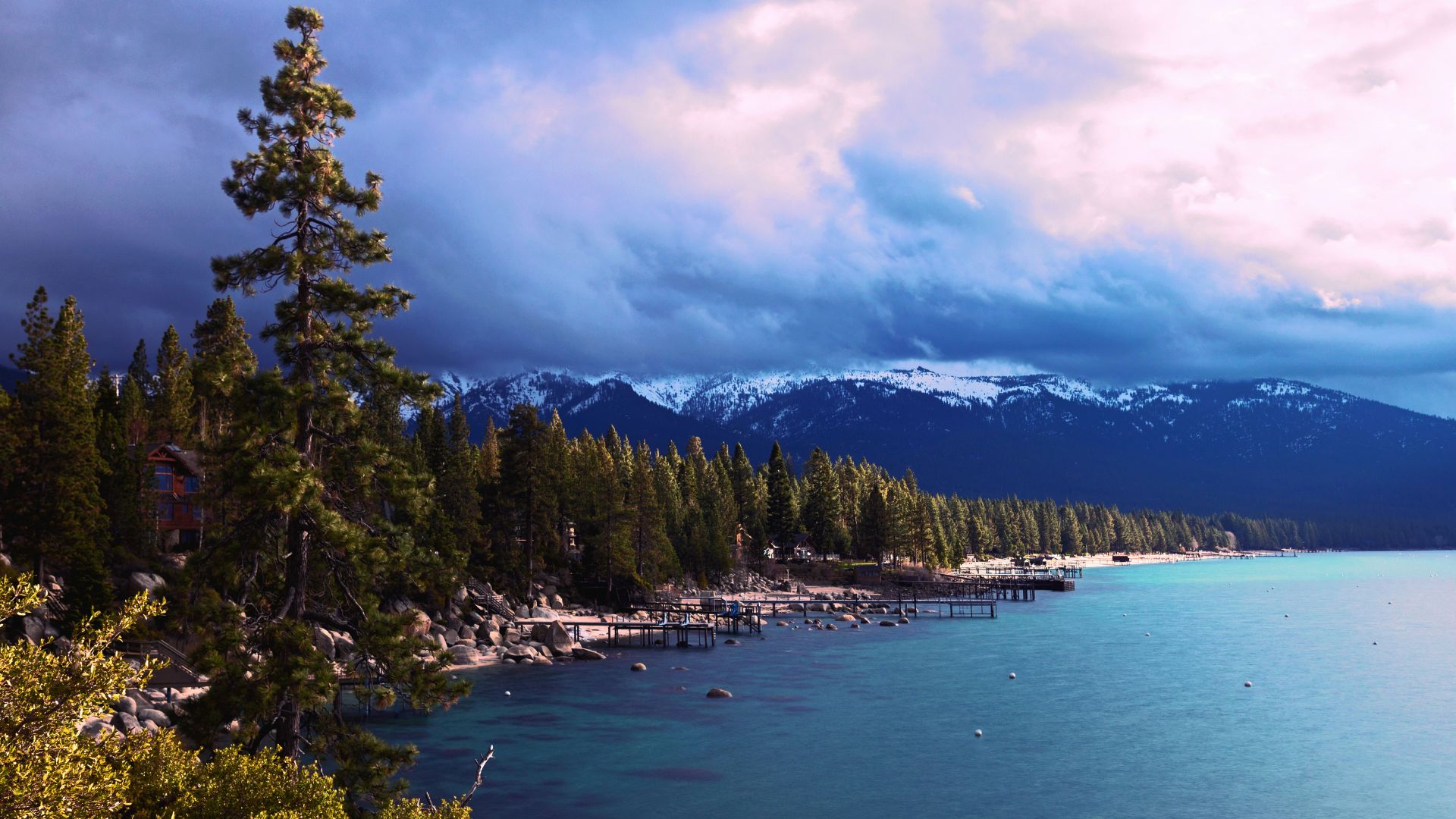
After fires neared Lake Tahoe early on Monday, more than 10,000 California customers found themselves with no power.
These power outages occurred in various towns and counties near Lake Tahoe. However, it appears that Placer County was hit the hardest, as this county had at least 10,000 outages.
Counties Affected
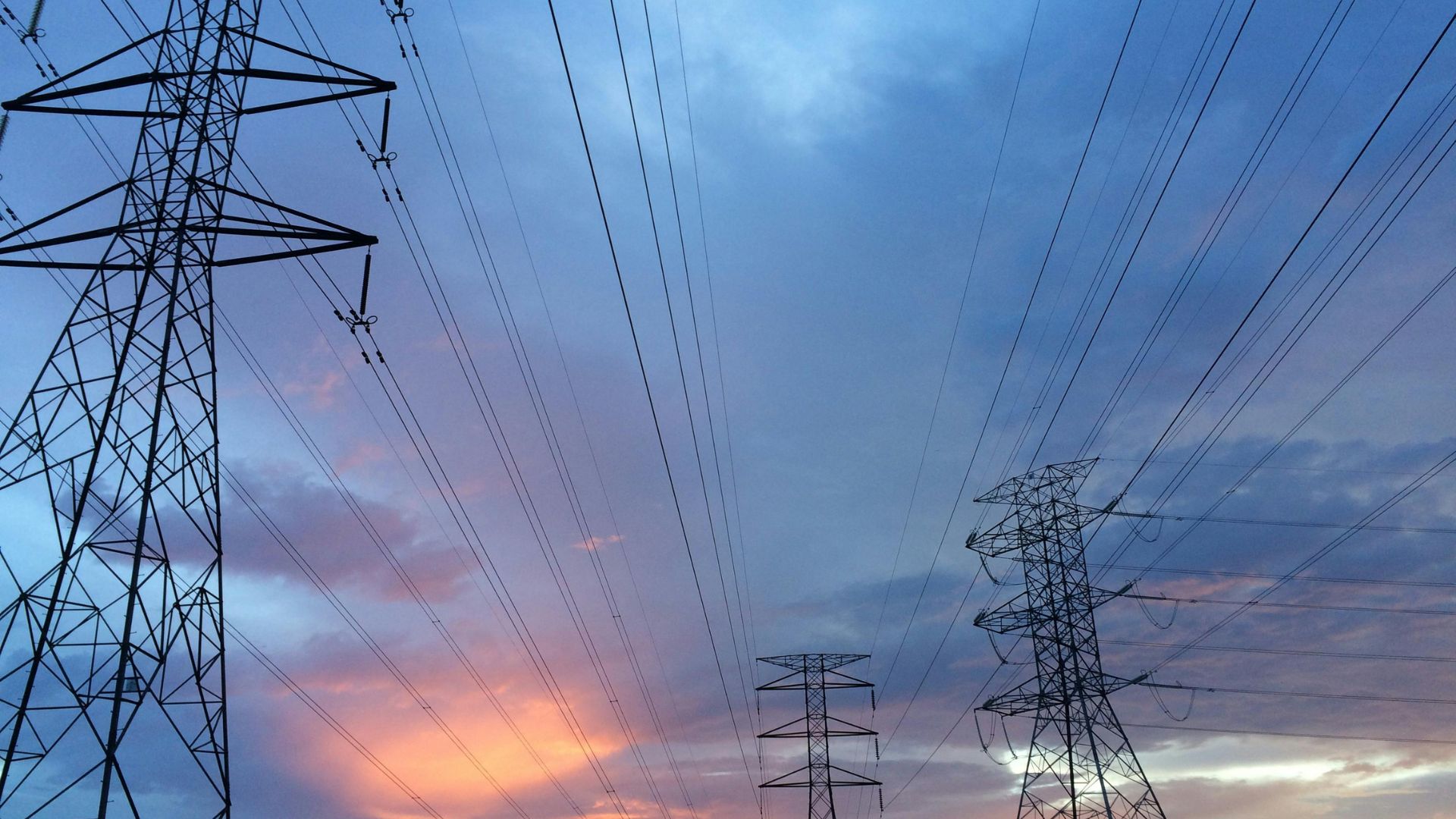
Many counties have been impacted by these power outages. So far, Placer County has the most outages reported.
However, Plumas County also has more than 1,800 outages, while Nevada County has about 1,364. Trinity and Sierra counties also had some outages around 800 each.
Why Power Went Out
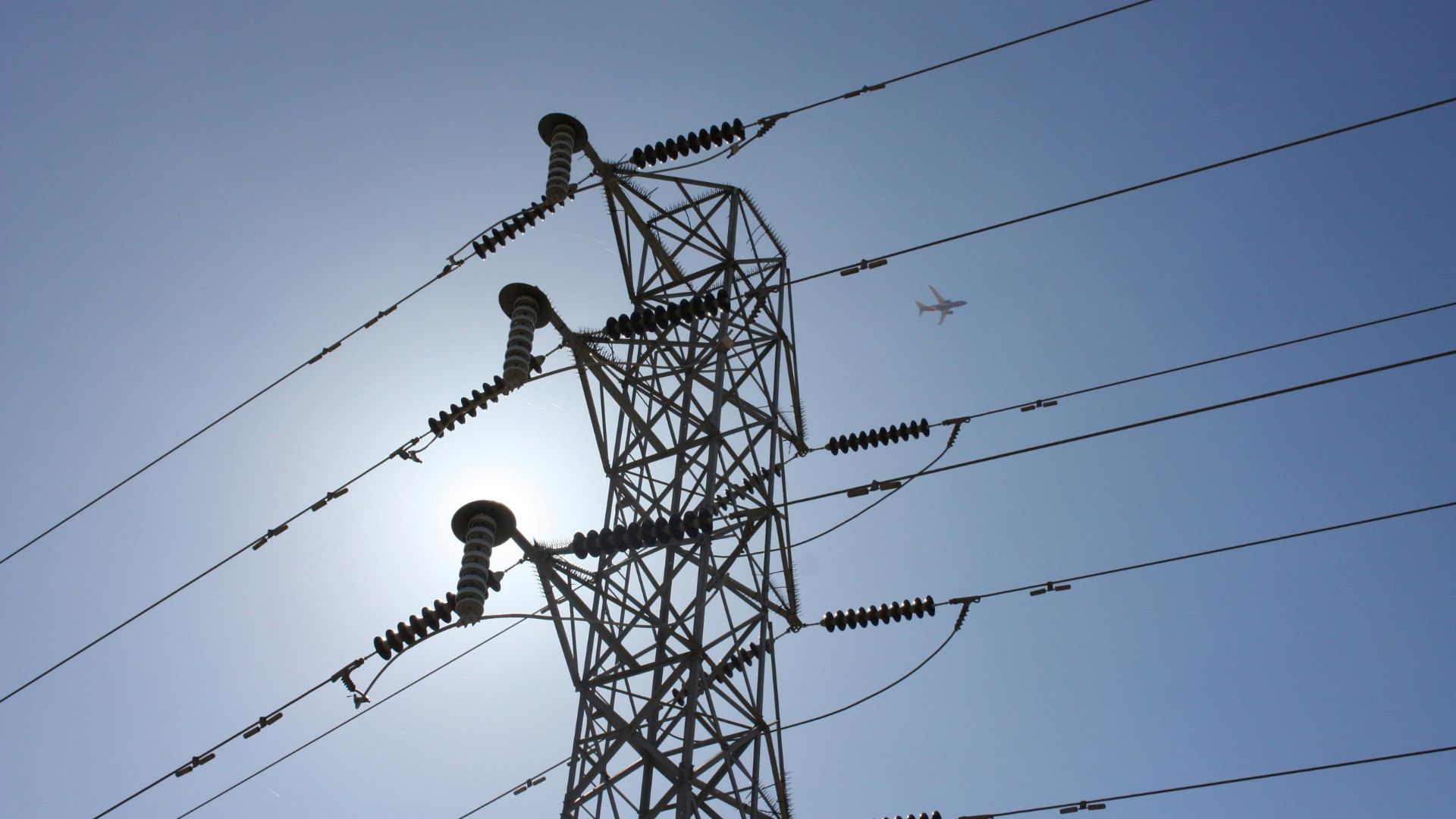
One supplier in the region stated why many customers near Lake Tahoe had their power cut off.
According to Liberty Utilities, NV Energy ended up cutting transmission lines because of a raging fire in Verdi. Earlier this morning, the company wasn’t sure when restoration would be possible.
NV Energy Cut Lines
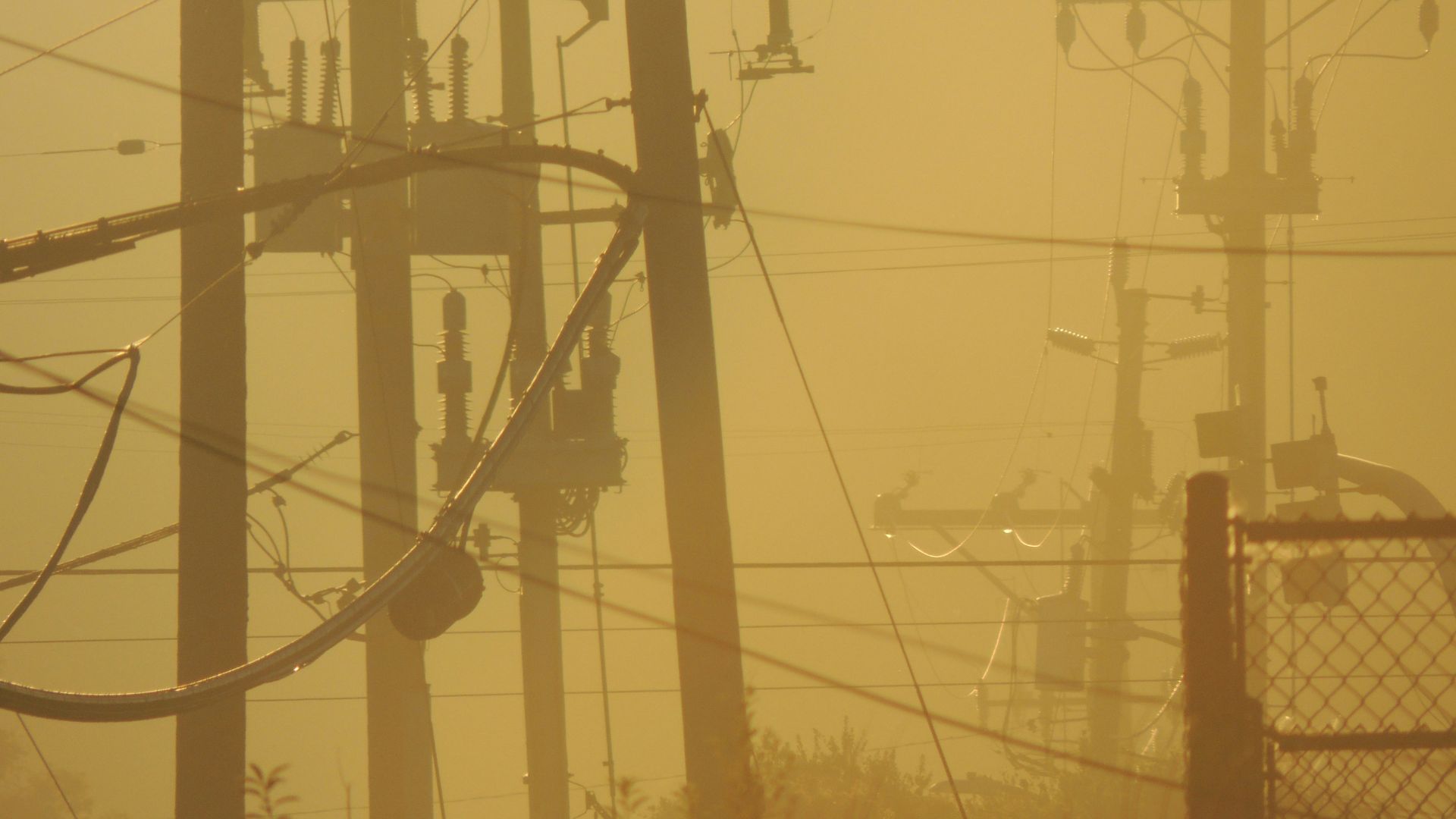
In an online post, Liberty Utilities explained what was going on, as many were completely unaware that they would have power outages, even with fires near their areas.
The post on X said, “We are aware of the power outage affecting the entire north side of our service territory. NV Energy has cut power to the transmission line servicing this area due to a fire in Verdi. There is no restoration time currently available. We will update when information is available.”
Some Restorations Seen
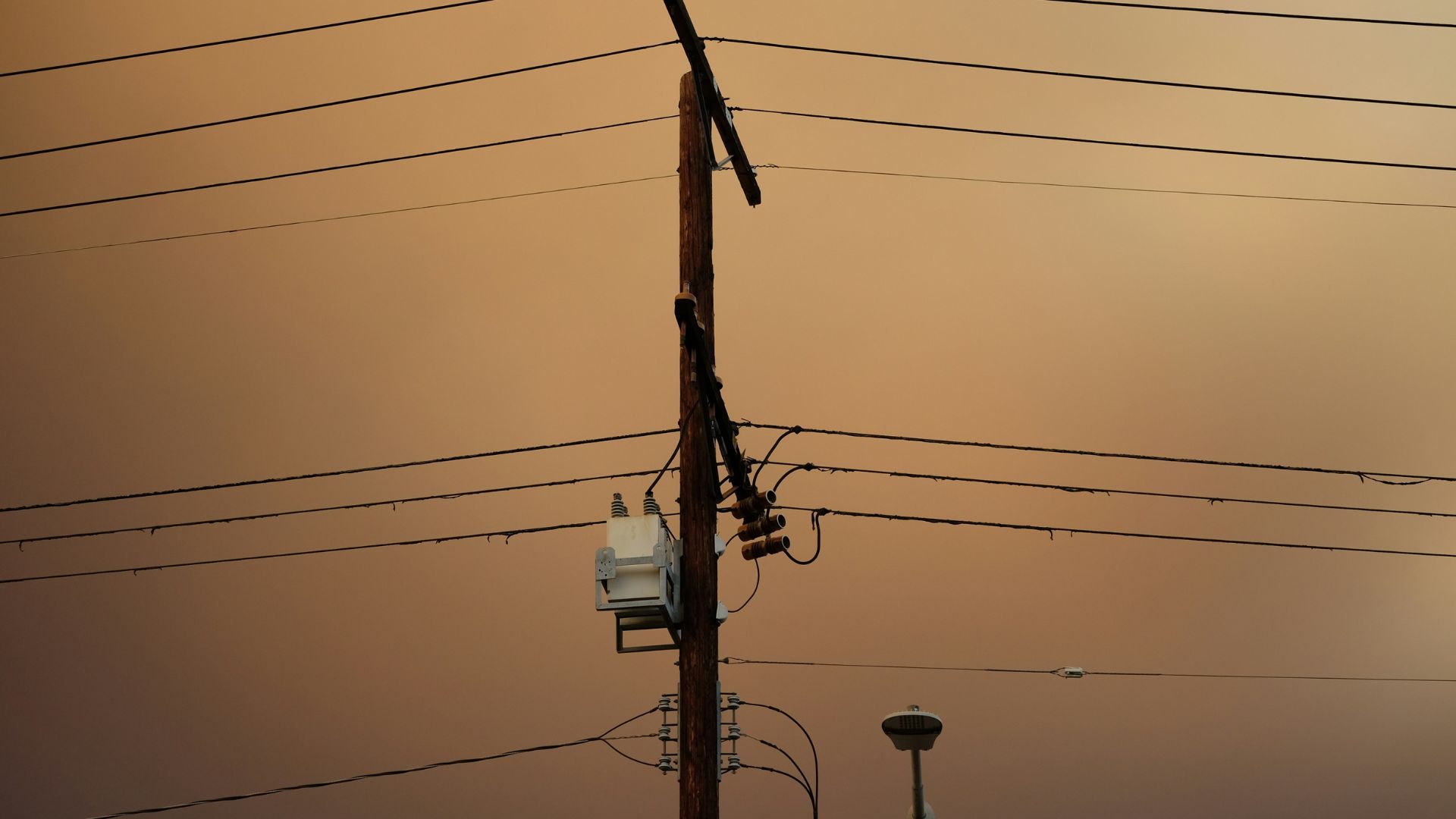
Meanwhile, another utility company, Truckee Donner PUD, previously stated that NV Energy had also cut their transmission lines.
However, the company also stated that power had been restored to all of their customers. It’s unclear if other utility companies have also seen these restorations.
Two Lake Tahoe Fires
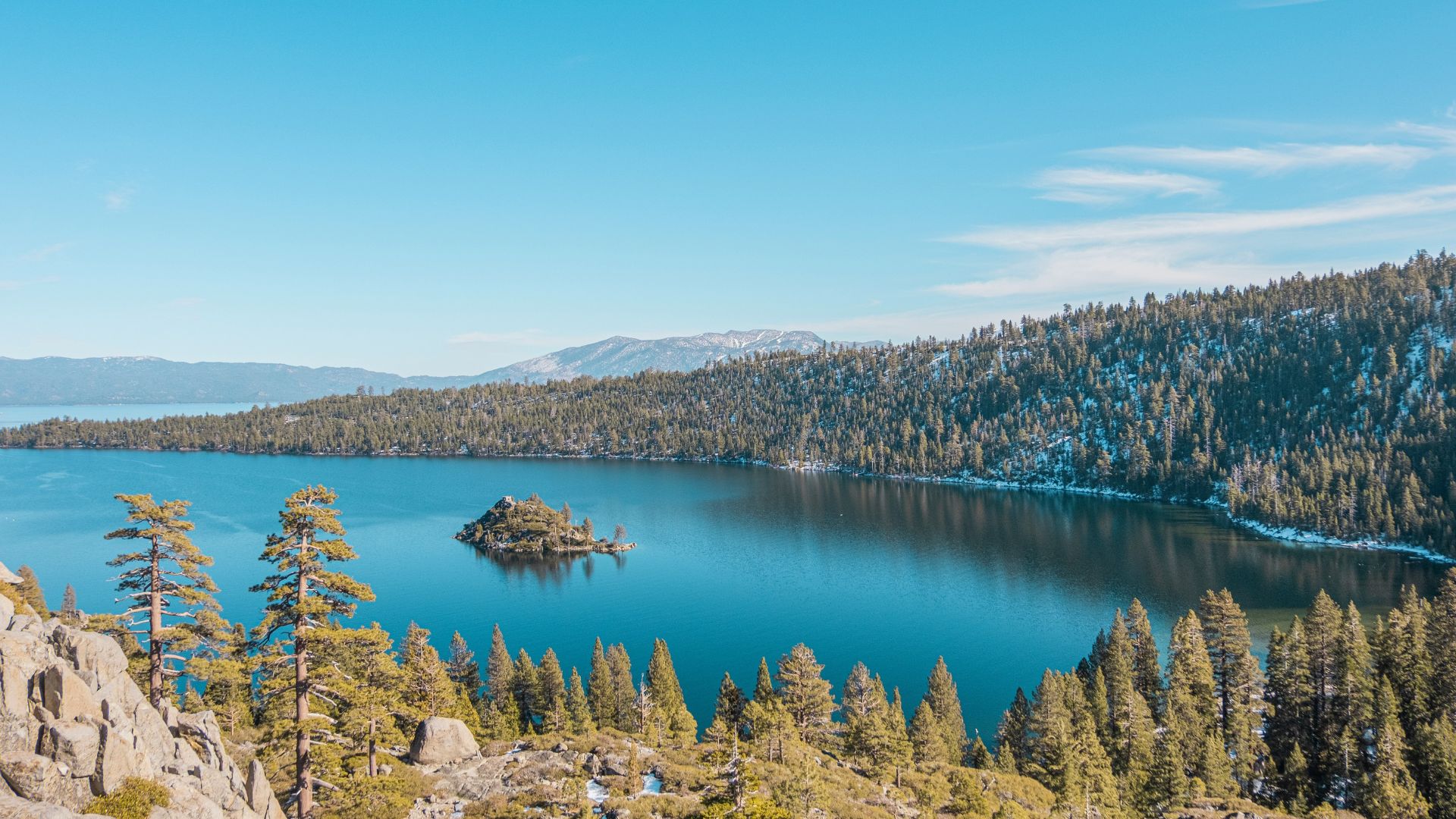
It appears that these power outages occurred because of two fires that were burning north of Lake Tahoe on Sunday and into Monday morning.
One of these fires was in Truckee, while the other was in Verdi. The fire in Verdi caused NV Energy to cut transmission lines, which caused power outages in various towns and counties.
A Large Fire

Local news has reported that at least one of these fires located north of Lake Tahoe is quite large, as it has already reached about 400 acres in size.
Firefighters believe this fire was started by a vehicle fire. More than one car fire has started a wildfire in California this year alone.
Ongoing California Wildfires
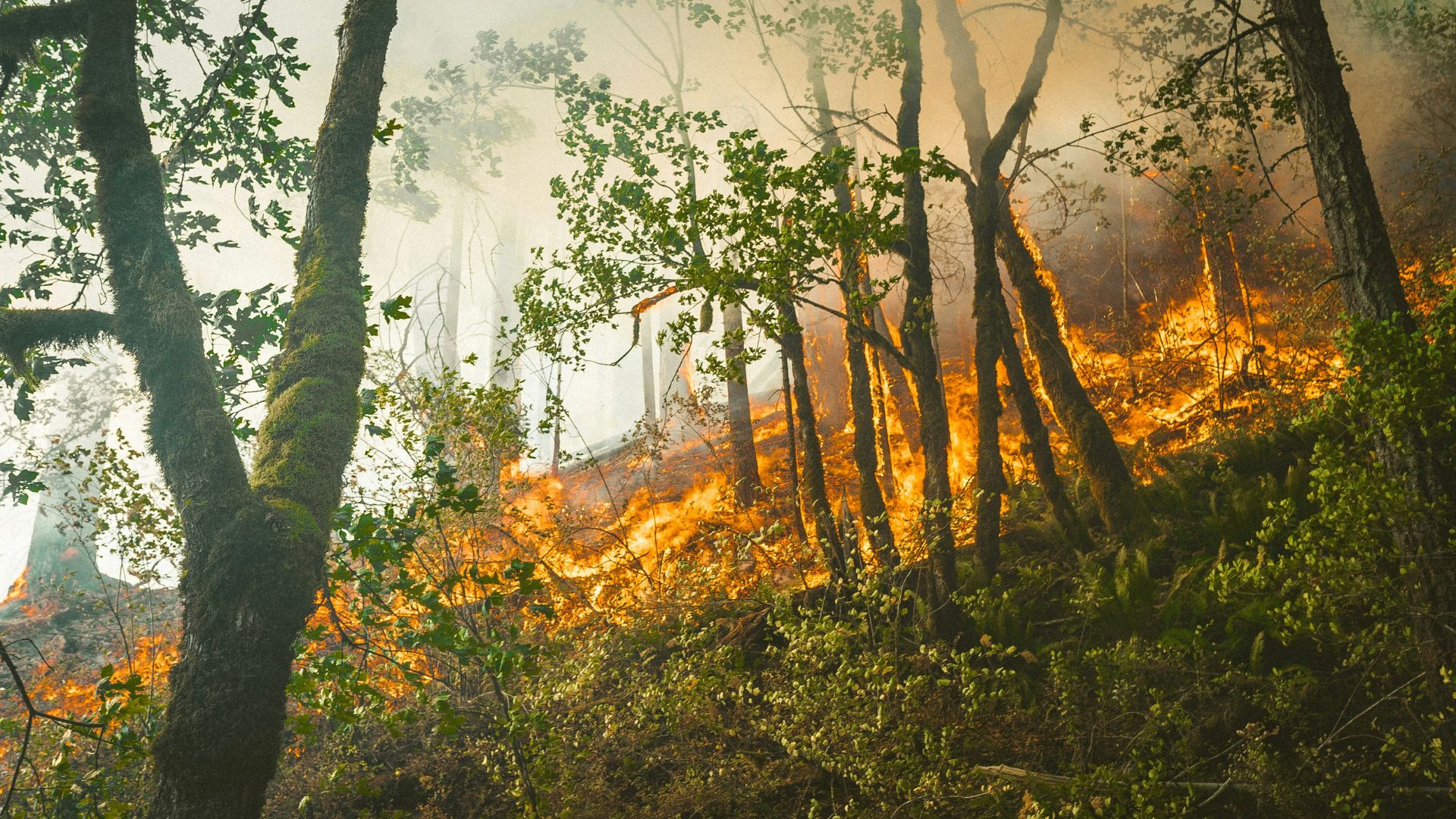
These latest situations near Lake Tahoe are simply the most recent issues California has faced this fire season.
As fires have raged throughout the state, many Californians have suffered in a variety of ways. To keep fires from occurring during windy days, electric companies have often shut off power for many — even during heat waves.
A Busy Wildfire Season
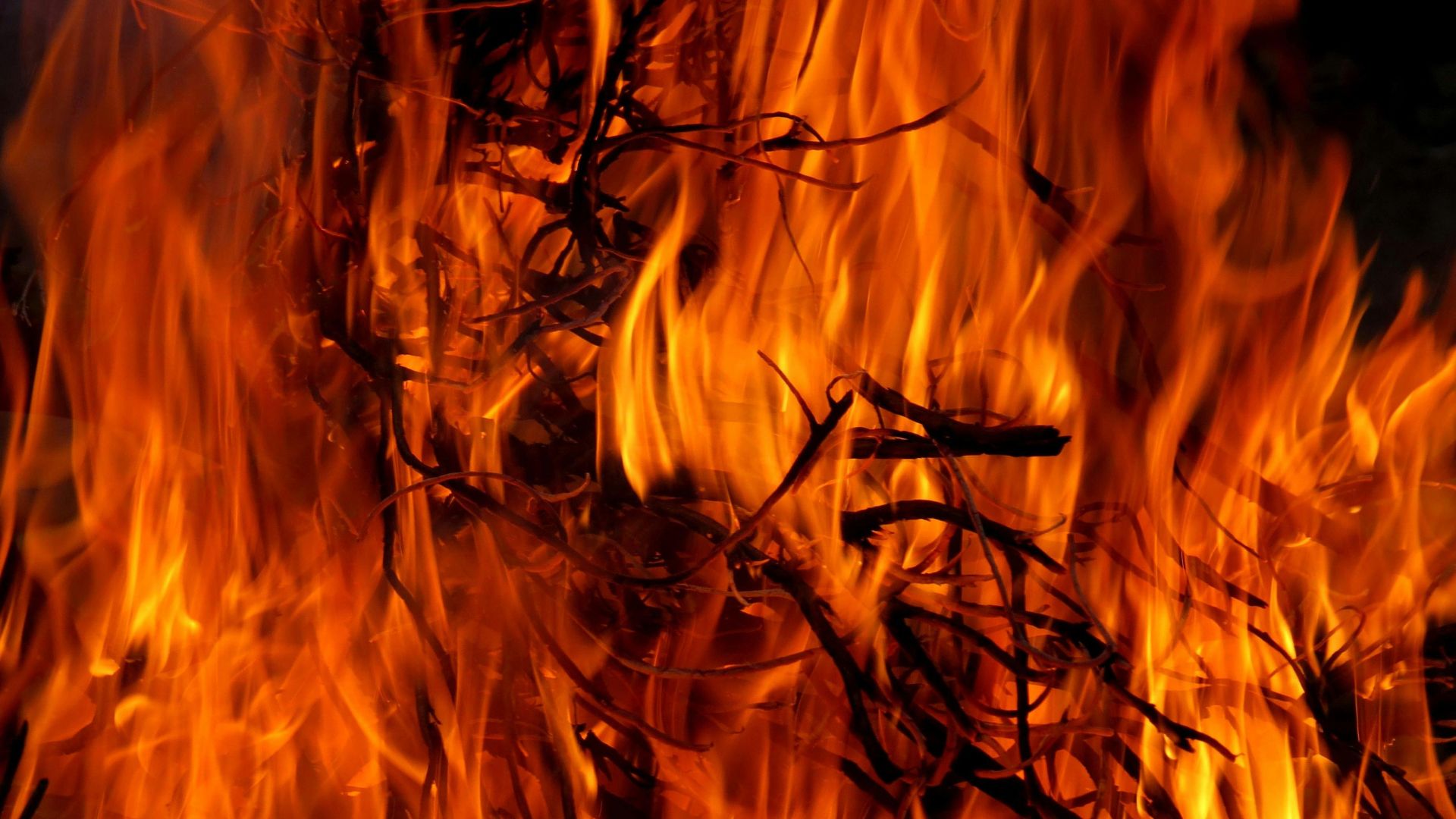
Recently, the California Department of Forestry and Fire Protection released a statement explaining that this year’s fire season is a whopping 2,816% more active than last year.
The statement said, “As of July 30, 2024, wildfires have scorched a staggering 751,327 acres across our state.”
California’s Fourth Largest Fire in History
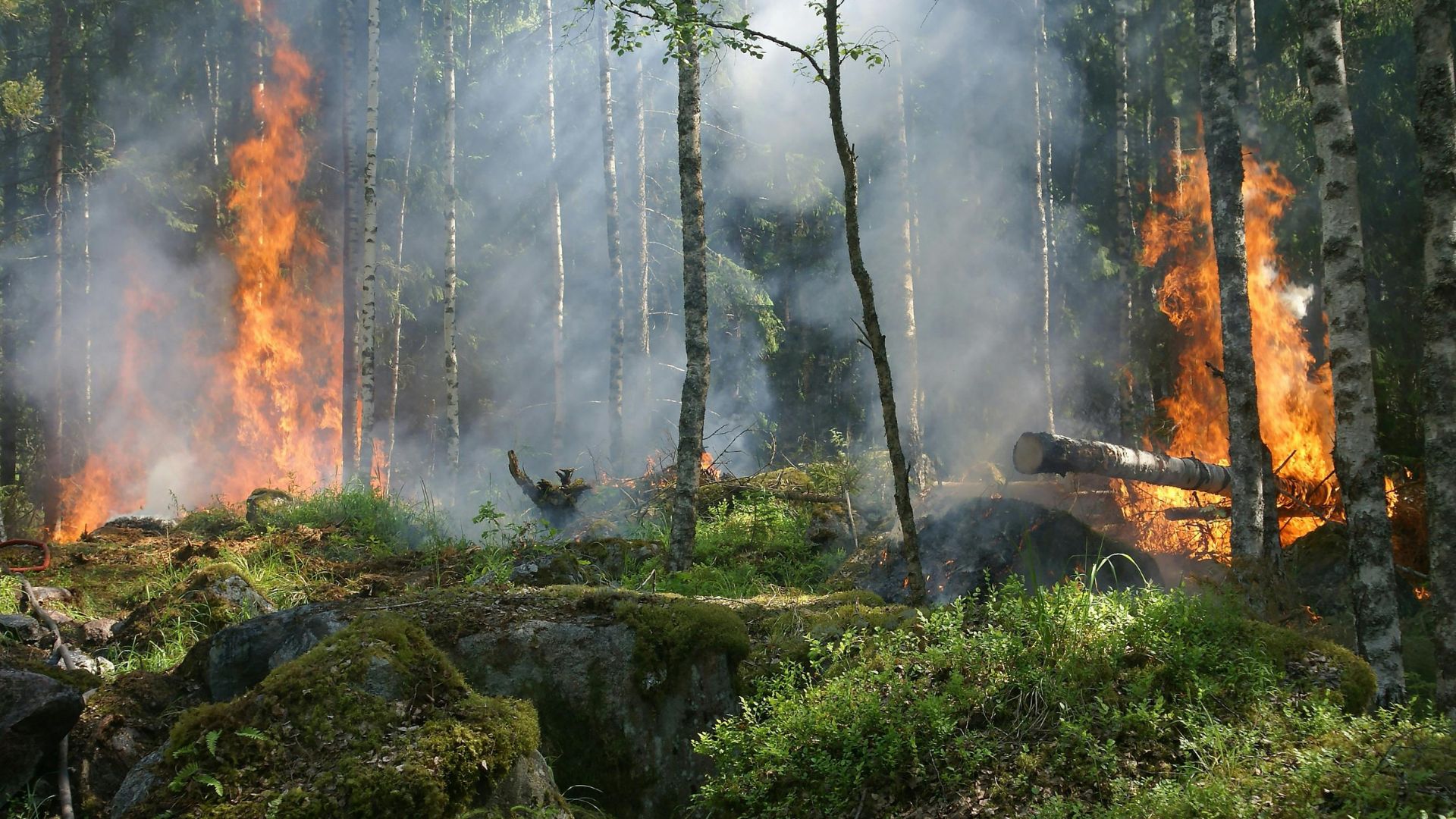
While firefighters battle two fires north of Lake Tahoe, thousands of other firefighters are continuing to fight the Park Fire.
The Park Fire is now the fourth largest fire ever seen in California history — and it’s only been burning for a few weeks.
Other California Power Outages
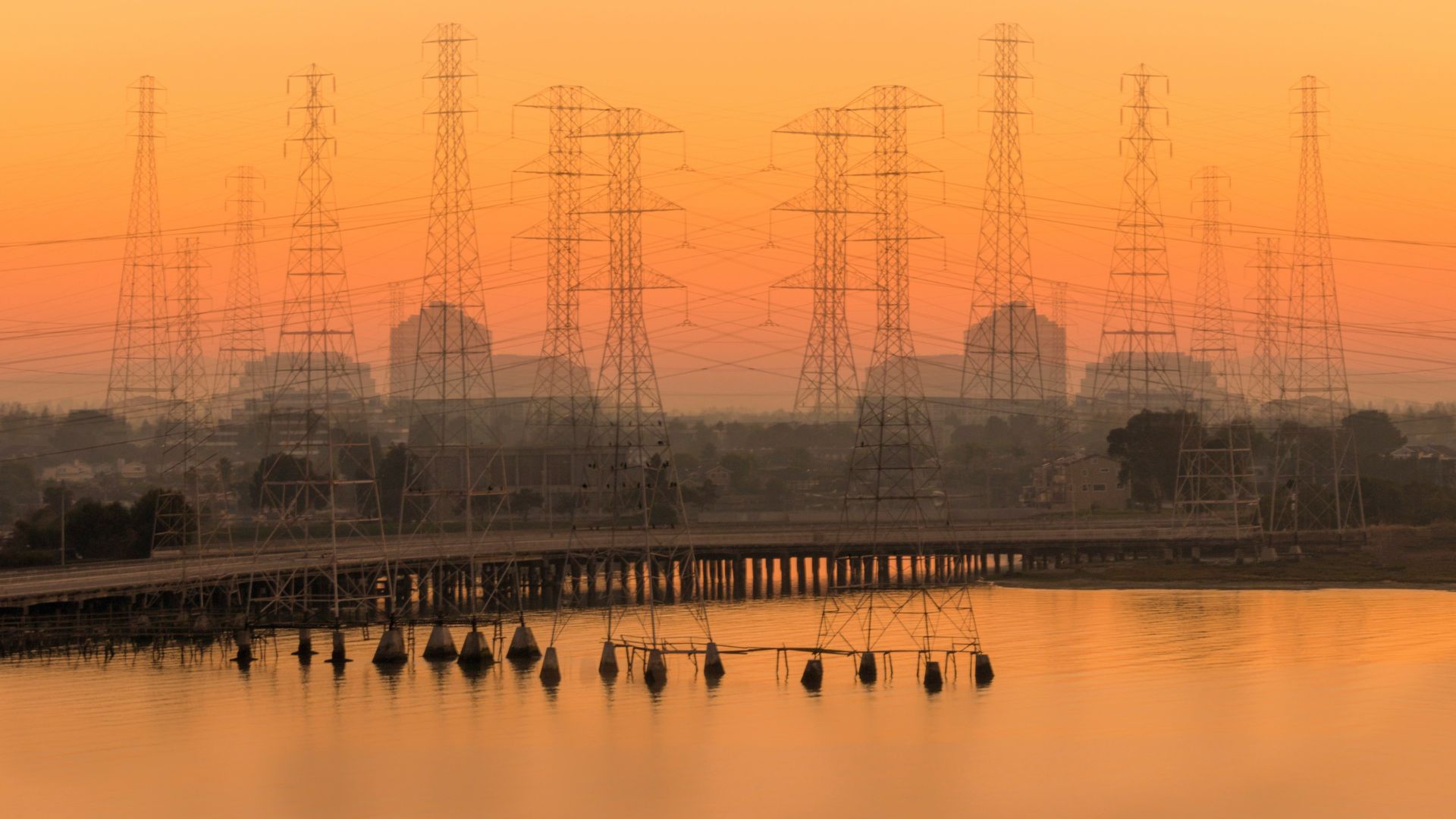
While some customers have had their power restored after these outages seen near Lake Tahoe early Monday morning, it appears others are still suffering with no power.
Other regions of California also saw power outages on Monday. In total, more than 28,000 people were without power, with Contra Costa County also seeing 5,747 outages, and a reported 3,621 seen in Santa Clara.
Why Are California Wildfires So Intense?
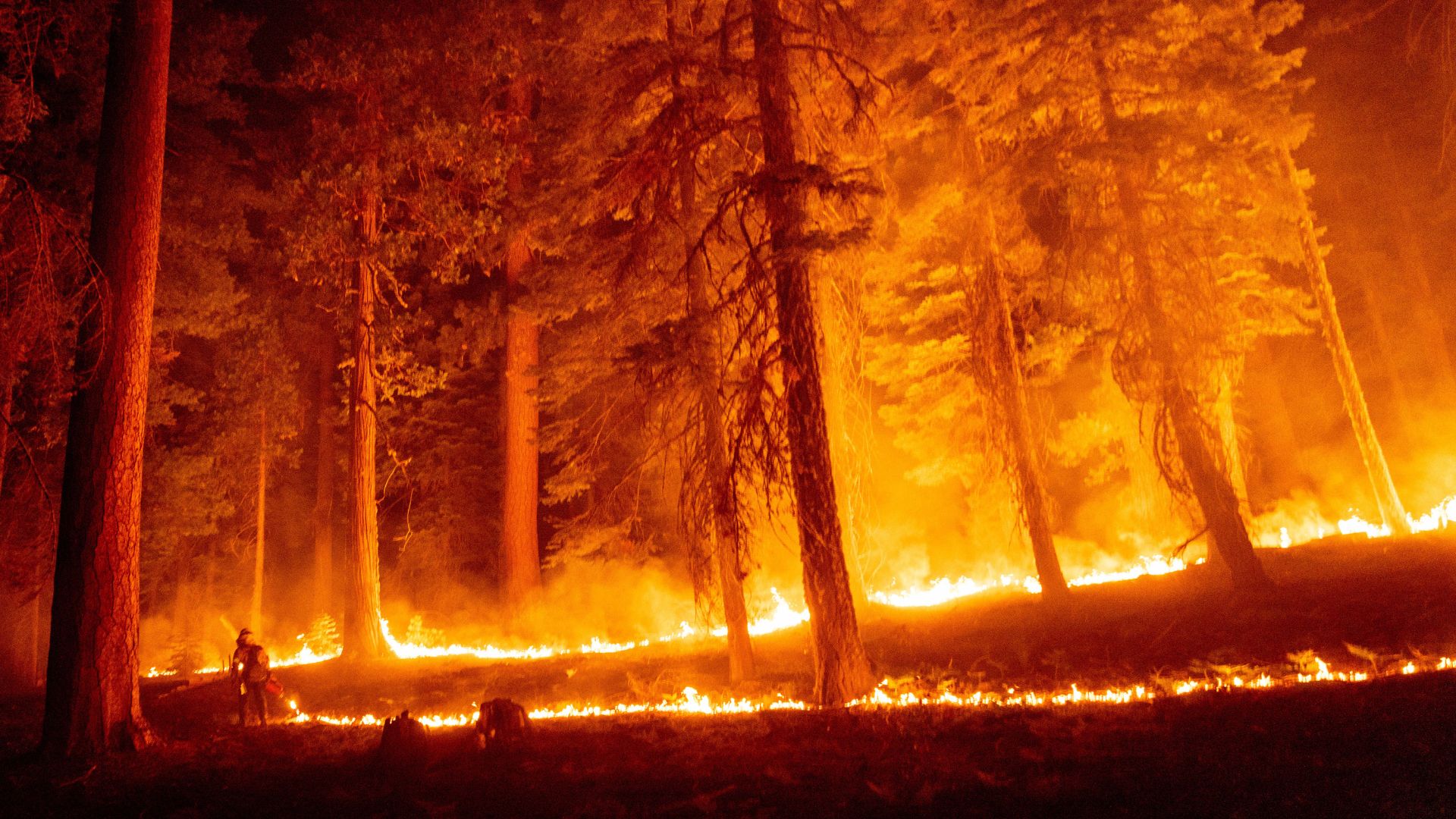
How wildfires behave can vary drastically based on environmental conditions like weather and the state of vegetation. For California, the state’s history tells much of this tale.
“The significant reduction of the use of fire by Indigenous peoples following colonisation, the introduction of grazing livestock (which reduced fine fuels and decreased surface fire activity), aggressive fire suppression in the 20th century, and early timber harvest practices (which removed large trees and increased surface fuels) resulted in stand densification by fire-intolerant species and increased fuel loading in some California forests, leading to increasingly severe fires in these ecosystems,” said a 2023 research paper examining the topic.
Wildfire Stats
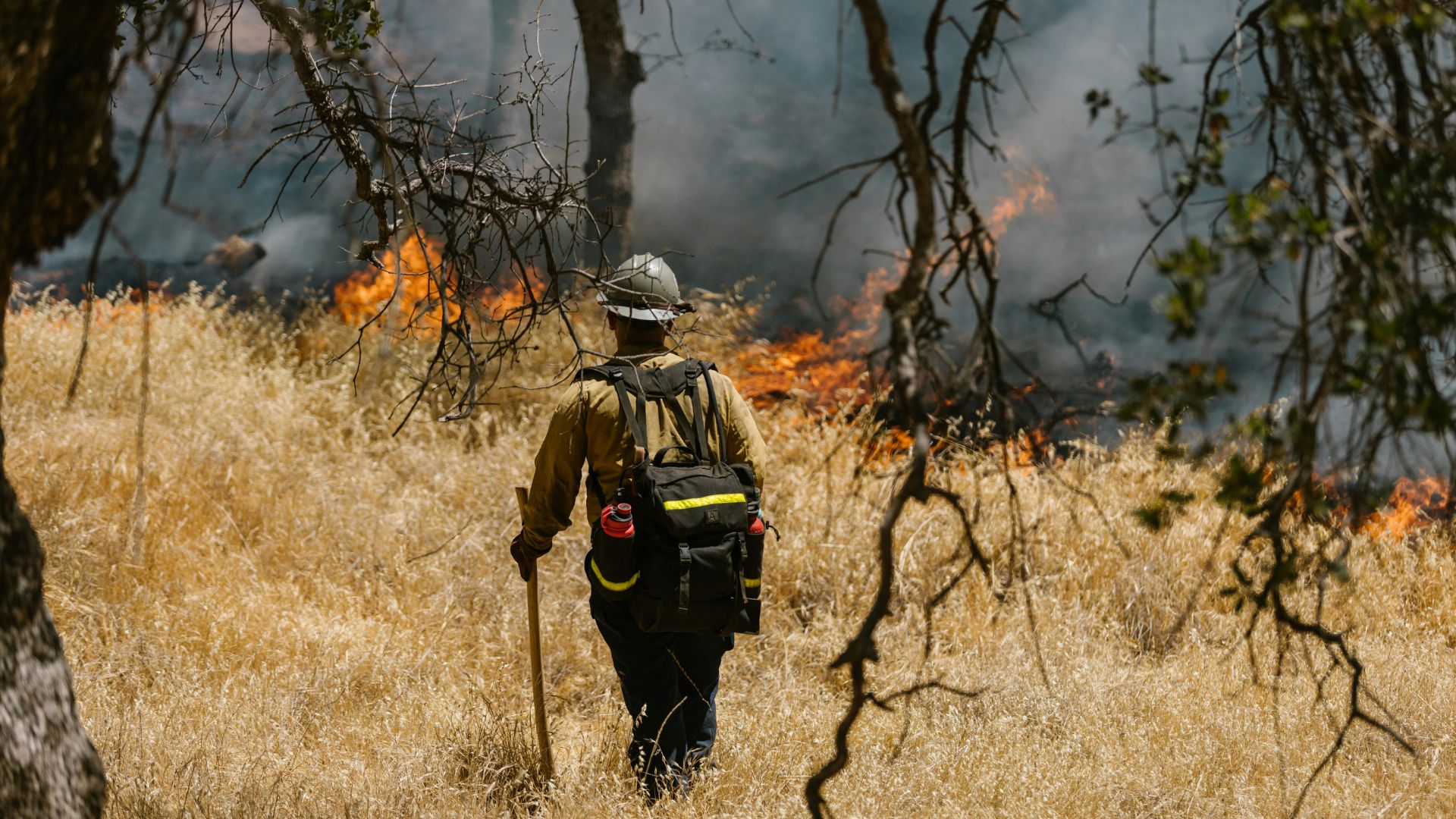
The study found that wildfires have grown significantly larger and more severe in California and the western US since 1980.
It also determined that human sources are responsible for 90% of ignitions, spurred on by human development in areas that are more prone to fire risks.
Climate Change
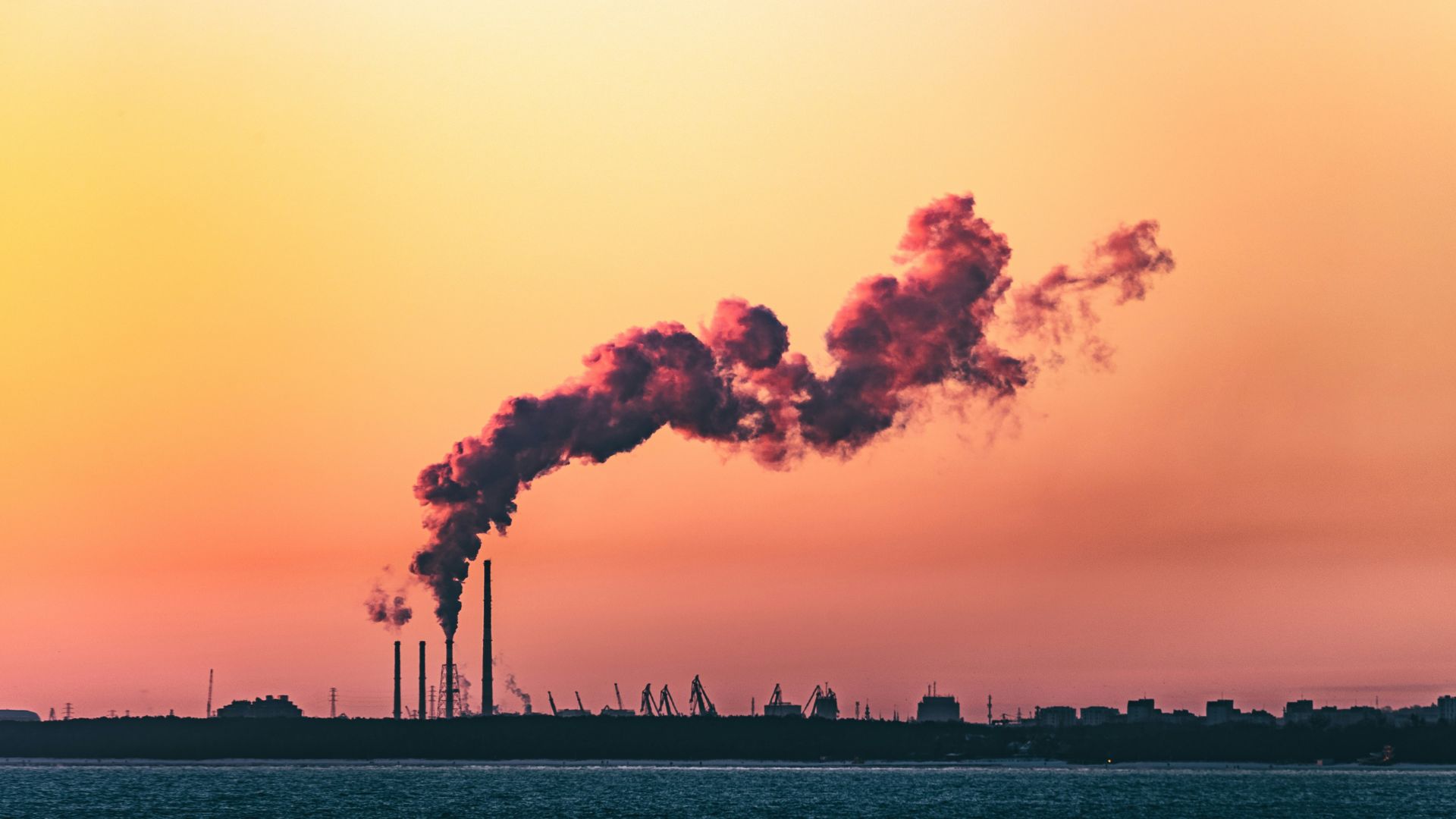
Natural disasters have been getting worse in recent years overall, not just in California, a factor that climate researchers have attributed to the effects of climate change.
A study published last year in the journal Earth, Atmospheric, and Planetary Sciences found that human-caused climate change has exacerbated summer forest fires in California.
Study Findings
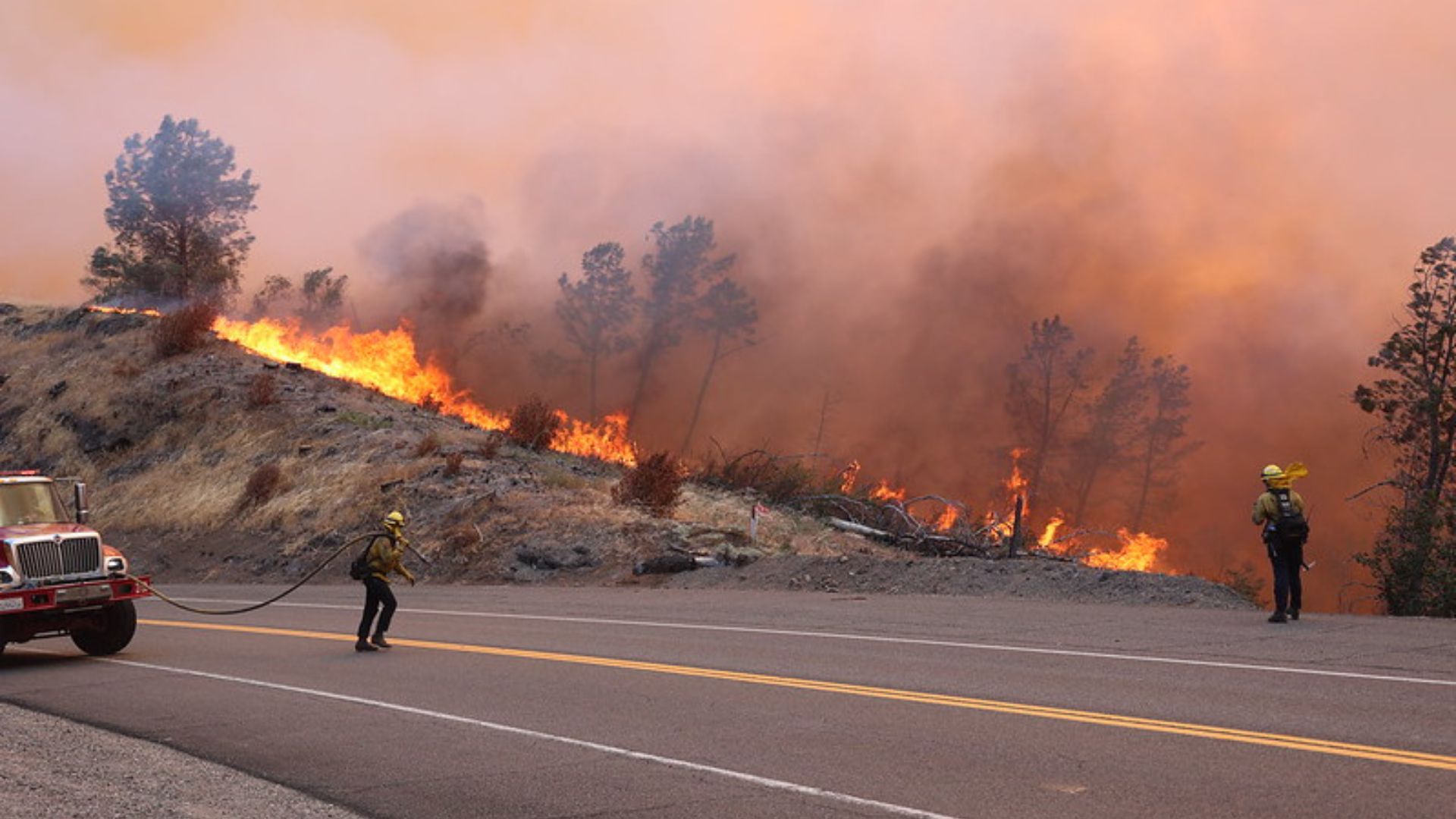
Using climate change simulations, researchers found that the evolution of summer burns in California from human causes contributed to a 172% increase in burned areas from 1971 to 2021.
The study also predicted a further increase in forest areas burned in the coming decades ranging from 3% to 52%.
Dry Years
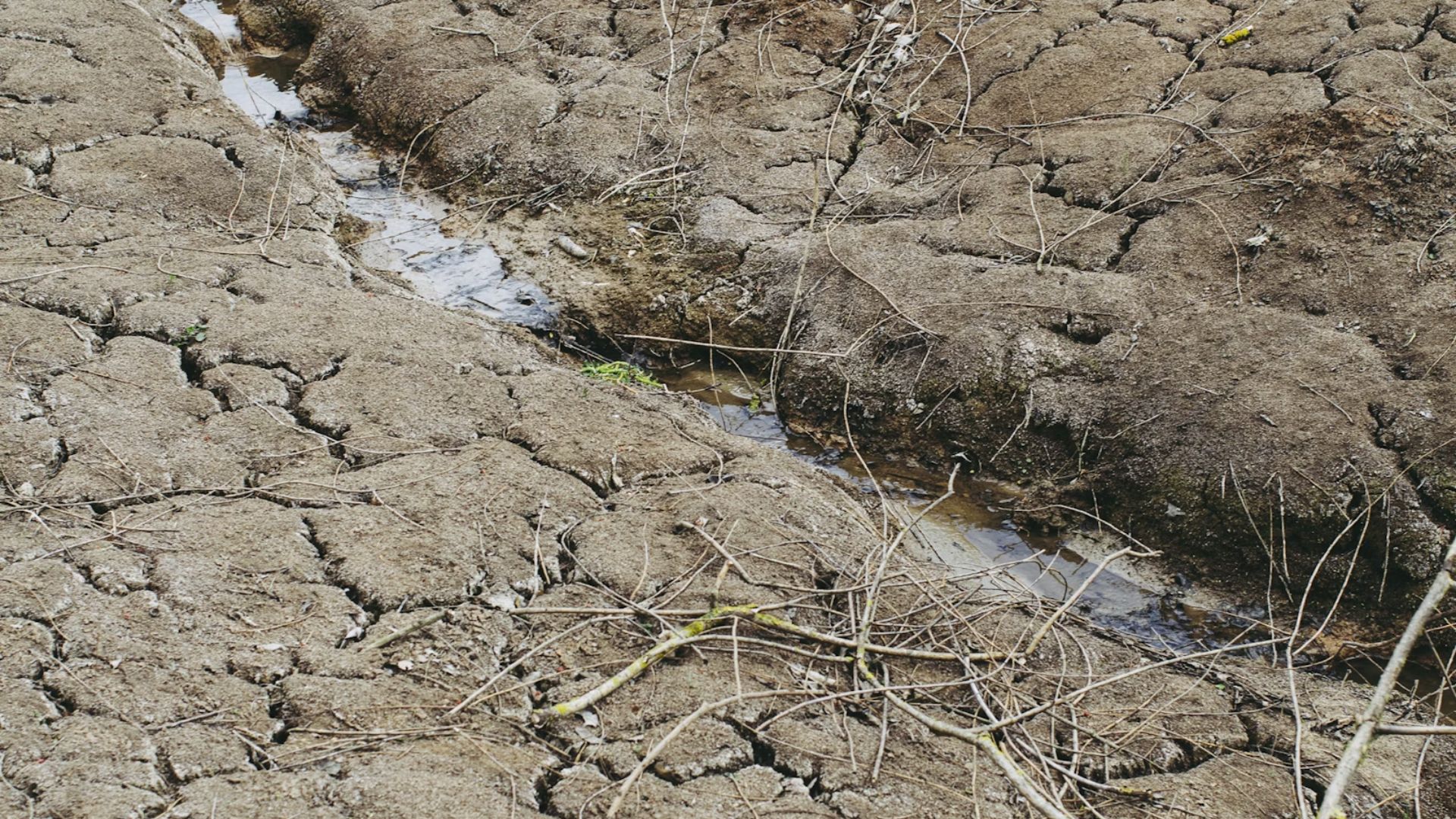
California has recently had a string of dry years that created the perfect conditions for wildfires to run rampant through the state as temperatures heat up.
From 2020-2022 California set a record for the three driest years the state had ever recorded.
Unanswered Dispute
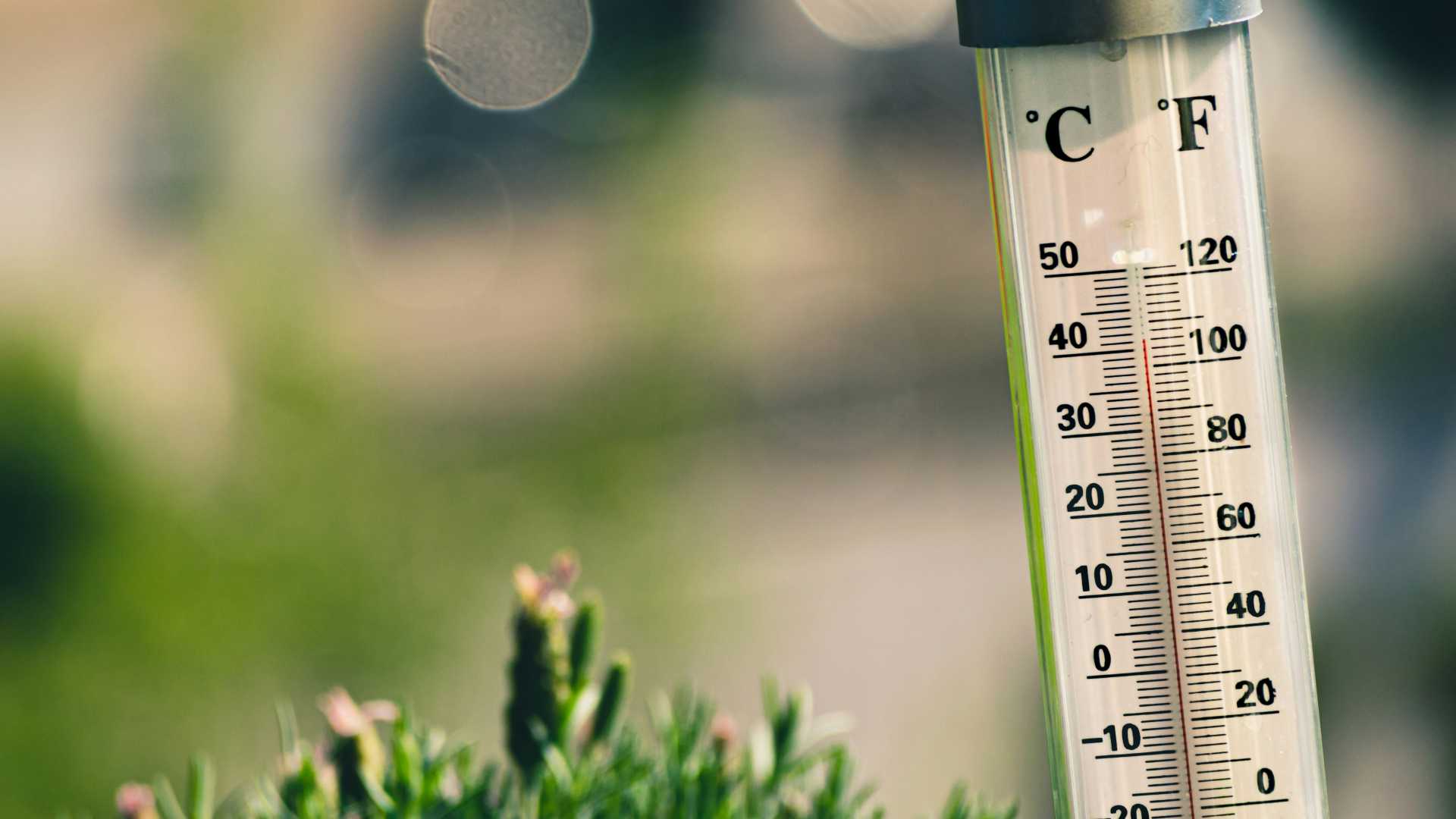
While rising temperatures and dry conditions are well established by researchers as drivers of wildfires, what is less established is what this increase can be attributed to.
“While an increase in temperatures and dryness has been identified to be one of the major drivers of increased summer forest burned area (BA), the extent to which such changes are due to natural variability or anthropogenic climate change remains unresolved,” the study said.
Brief Reprieve

From 2023 to early 2024, California experienced a brief reprieve thanks to the effects of a cyclical phenomenon known as El Niño that increased rainfall in the state. However, this reprieve was short-lived.
In June, the Climate Prediction Center announced an end to El Niño, with parts of California returning to drought levels for the first time all year by July. The month of July marked the end of a nine-month drought-free period for these parts of California.
Summer Heat Waves

As the summer heat started to bake California, the number of areas with dry conditions jumped rapidly. Before the summer, 97% of the state was at normal levels.
However, by July, 19% of the state moved to dry conditions.
Record Breaking Heat
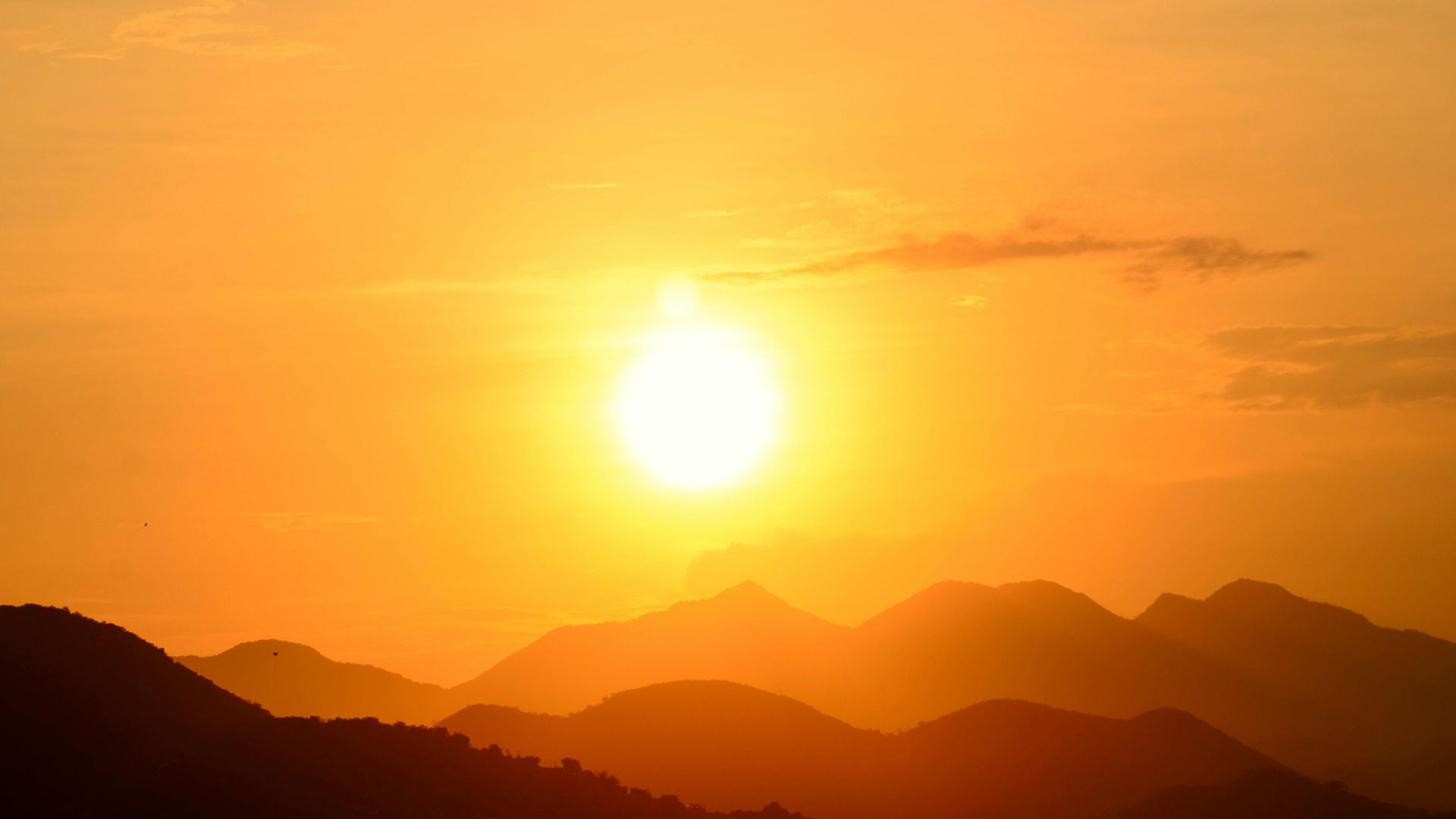
This summer California and much of the western United States were subject to intense heat that was historic and record-breaking.
In early July, this intense heat broke records across major cities in California, some recording temperatures above 120 degrees Fahrenheit.
Historic Conditions
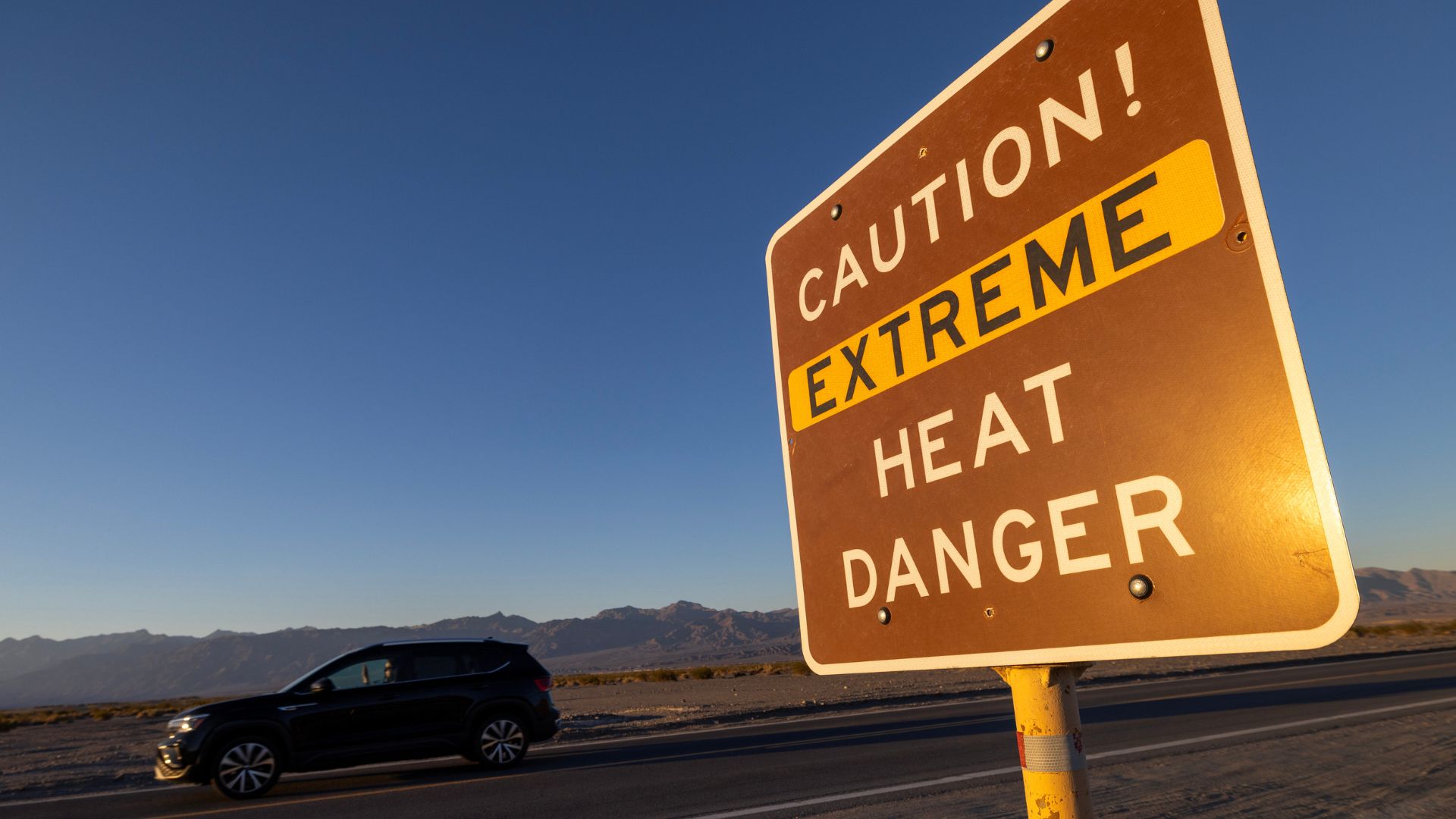
Daniel Swain, a climate scientist at the University of California, expressed how significant the recent heat wave was in July.
“This is a record-breaking heat wave,” said Swain at a news conference. People in the state saw “not only the hottest day they’ve ever experienced but also the hottest day that their parents or grandparents ever would have experienced.”
Evaporating Moisture

Excessive heat, especially in periods that are more intense, has been linked to contributing to an increase in wildfires.
All the extra moisture delivered by the recent rainfalls gets evaporated, creating the perfect conditions for a fire to start.
More Burning Expected
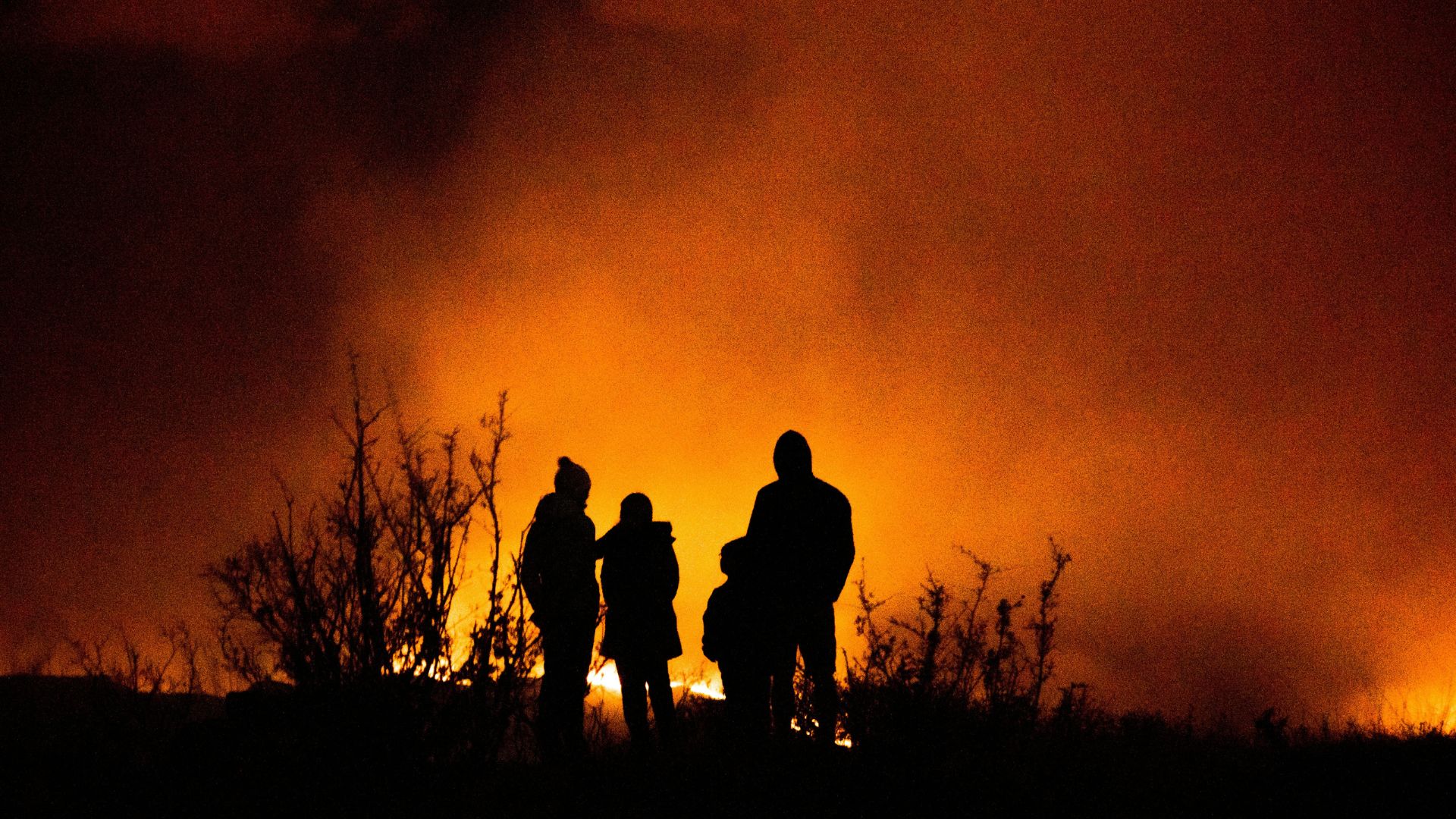
On Monday, Cal Fire said that these latest struggles only represent the beginning of the wildfire season and warned of fire season fatigue setting in.
“Fatigue is definitely affecting people. We’ve seen it over the last few years with the really active fire seasons, and we are not done with this one. Firefighters signed up, they know what they’re getting into, they are all ready to go and they are ready for a few more months of this,” said David Lauchner of Cal Fire to ABC10.
